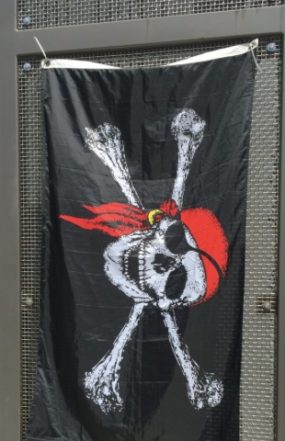
They came from California, Florida, New Hampshire, Texas, Michigan, Wisconsin, Indiana, Illinois, Tennessee (by way of China), and quite probably, the future. Their mission? To improve the AEC industry in some tangible and lasting way, beneficial to all.
Descending on BuiltWorlds’ Chicago headquarters for AEC Hackathon 3.5 — a fun, collaborative weekend of creative problem-solving — some 50 adventurous souls from both inside and outside the construction industry arrived Friday evening to embrace 45 hours of challenge and reward. (No, this was not an Olympic event.)
“We don’t normally get an even spread of developers and coders versus industry technologists like this, so I am happy to see this mix,” said emcee Steve Holzer Friday while kicking off the event. A cofounder of the nonprofit AEC Hackathon, the Ann Arbor MI-based Holzer also served as one of the judges for Sunday’s finals.
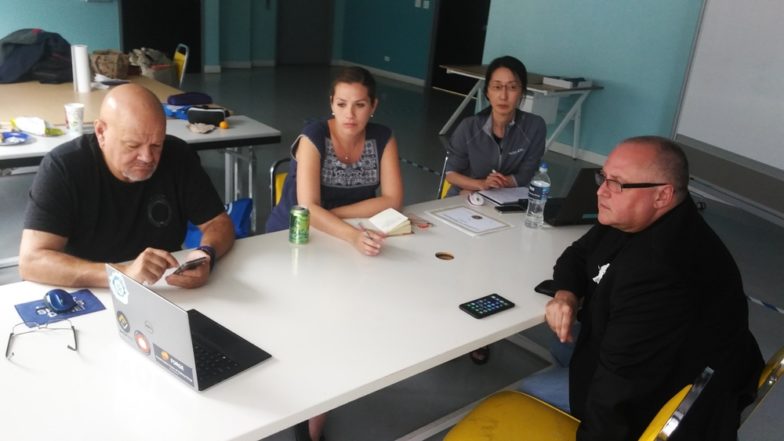
The winning hack for “Best Overall Project” came from a team led by Pepper Construction, which included team members from equipment giant Caterpillar and F3 & Associates, a Benicia CA-based 3D BIM specialist that is working with fellow BIM expert VIATechnik on a large office complex in Silicon Valley. The team sought to “use augmented reality (AR) to visualize hidden or obstructed components in the built environment.” The judges agreed that the group had met its goal.
Caterpillar brought along its own challenge, which became the raison d’être of Team Insite, winner of the “Best Solution for a Big AEC Problem” award. The problem? Lost or misplaced equipment. “We hear this from our customers a lot; people actually forget where they put their tools,” said Steve Pierz, an engineer and strategic consultant at Caterpillar’s Peoria IL HQ. “So this addresses inefficiency in communication, which affects productivity, time, and even safety.”
Aided by developer Chris Karr, founder of Audacious Software, and Jesse Huynh, a BIM project manager with VIATechnik, the team developed “InSite-InMind“, a real-time communication tool with geo-tagging. Aside from tools, the geo-pins also offer life/safety tracking data for injured or missing personnel on a jobsite, in the event of a crisis. Said Judge Paul Doherty: “This is like ‘Pokemon Go’ for a facility manager.” Smiling, Huynh noted, “Actually, we did have some inspiration from ‘Pokemon Go’.”
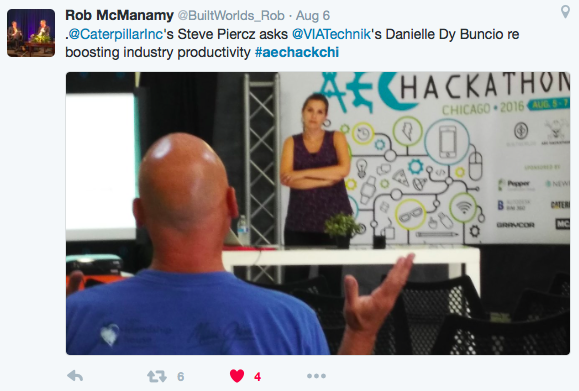
Building on his winning hack from last year on how to improve Autodesk Navisworks, Tyler Davis, a San Francisco-based assistant project manager with contractor Whiting-Turner (WT), this year brought along colleague Matt Vanture, WT’s senior virtual design & construction engineer based in Tampa FL. Named “Can Grandpa Run Navisworks?”, the team’s stated goal was to get last year’s solution “out of the command line and imported back into Navisworks.” Both team and jury felt this had been done.
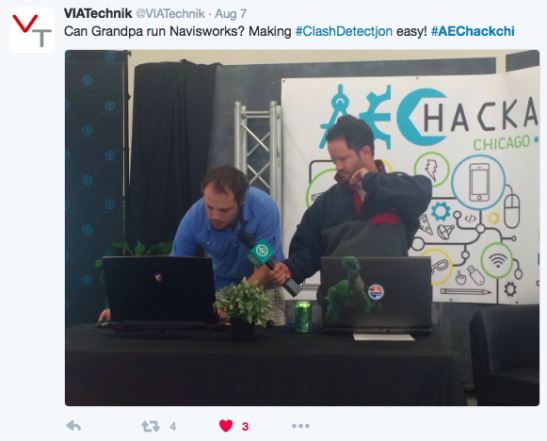
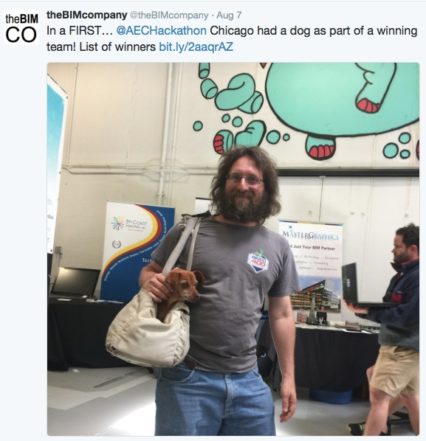
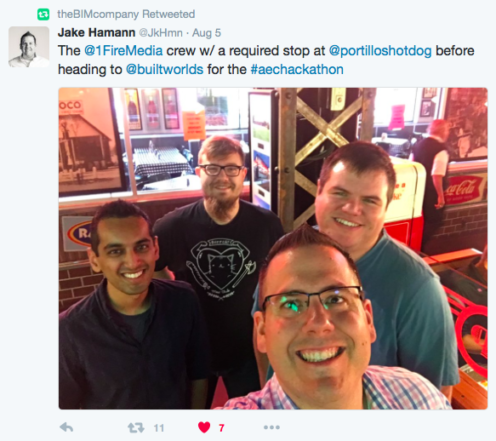
“Team Pied Piper” finished out of the winner’s circle, but their presentation still turned heads in the crowd. “That product is ready for market now,” said an impressed Carter Kennedy, CEO of SoloInsight Inc., makers of the futuristic access intelligence portal CloudGate.
“Fifty percent of the workforce will be ‘mobile-first’ by 2018,” said Jake Hamann, CEO of OneFire, which bills itself as an innovation agency dedicated to reaching audiences with maximum effectiveness. Its aim for the weekend was to develop “a platform to extend the capabilities of Hard Hat Hub,” the industry job search engine that shares BuiltWorld’s West Loop address. Dubbed “SteelToe“, the hack seeks to bring remote applicants into Hard Hat Hub’s system earlier in the process.

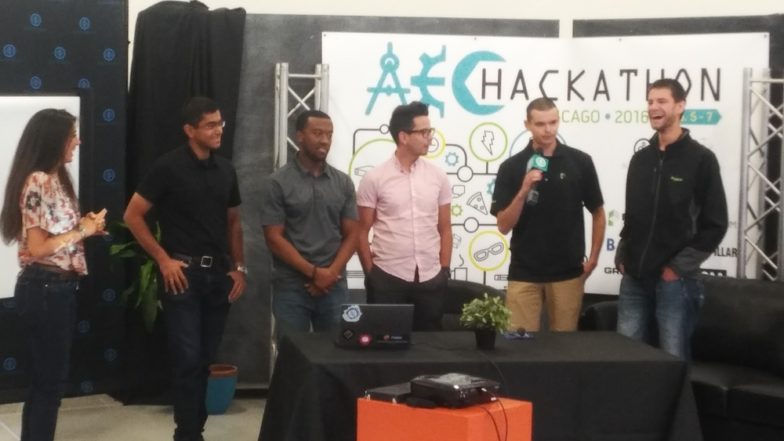

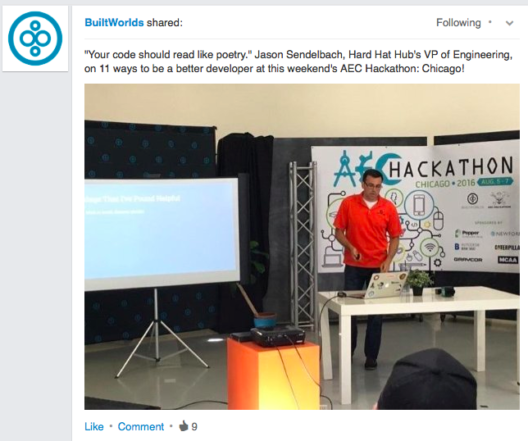
Discussion
Be the first to leave a comment.
You must be a member of the BuiltWorlds community to join the discussion.